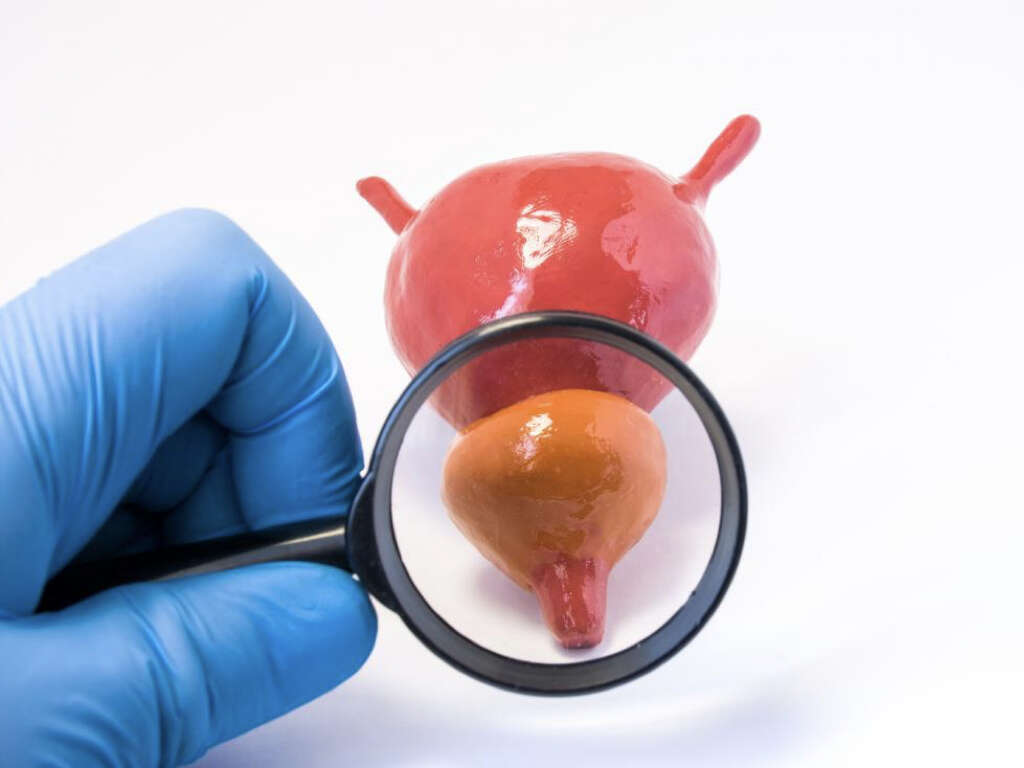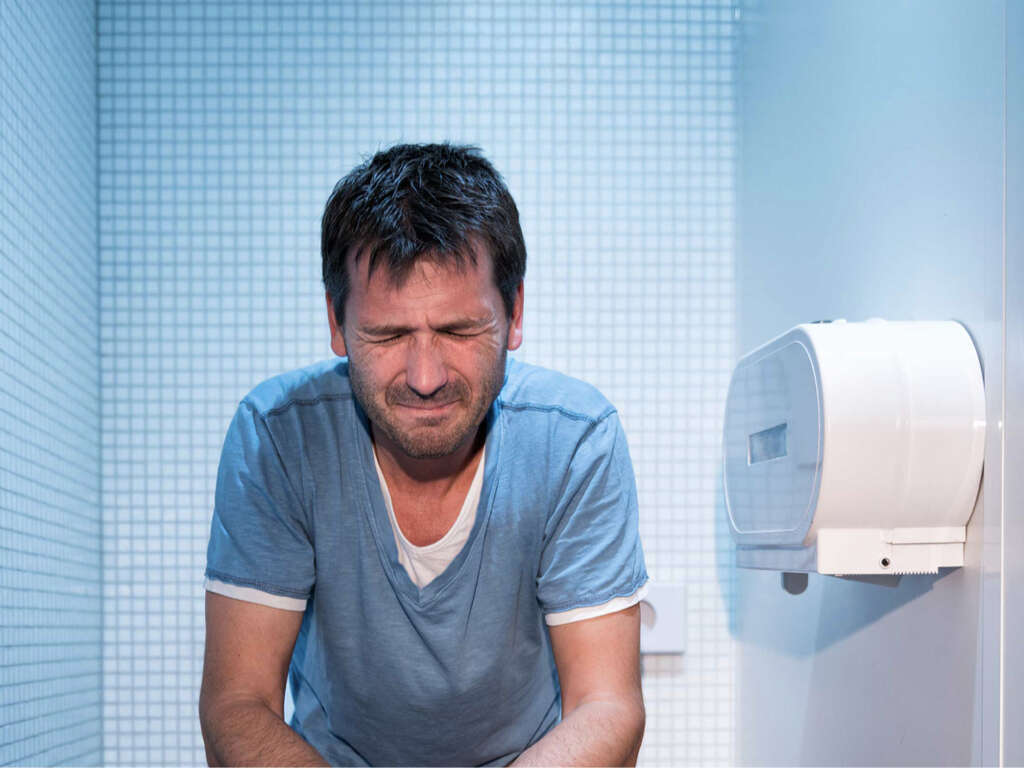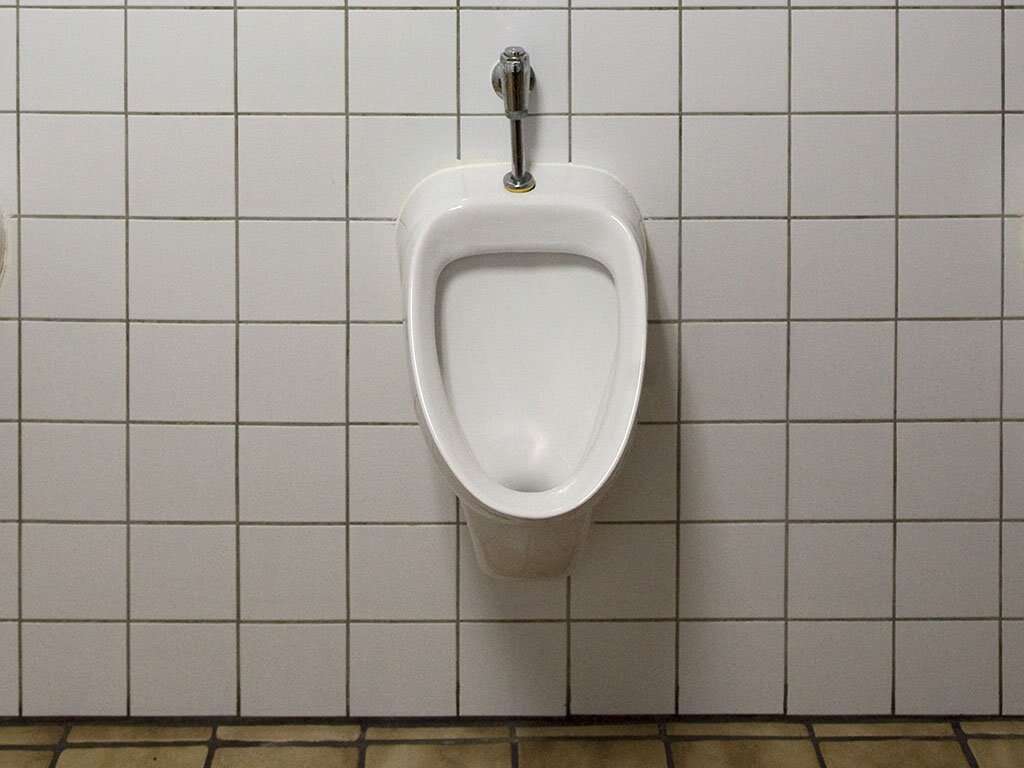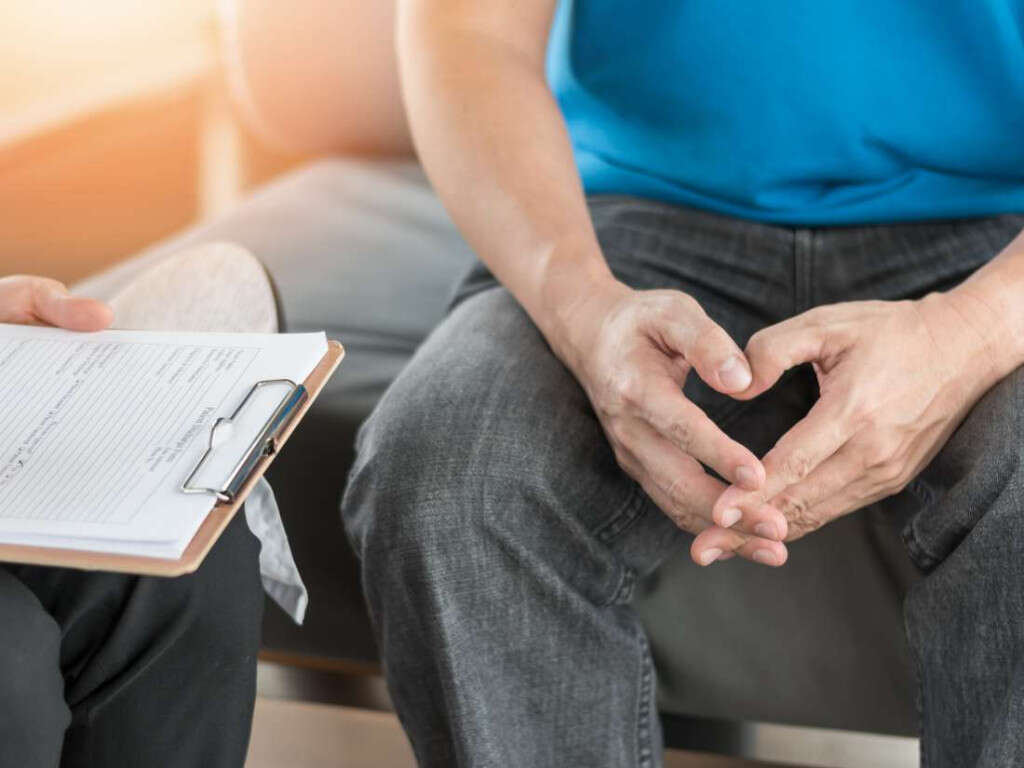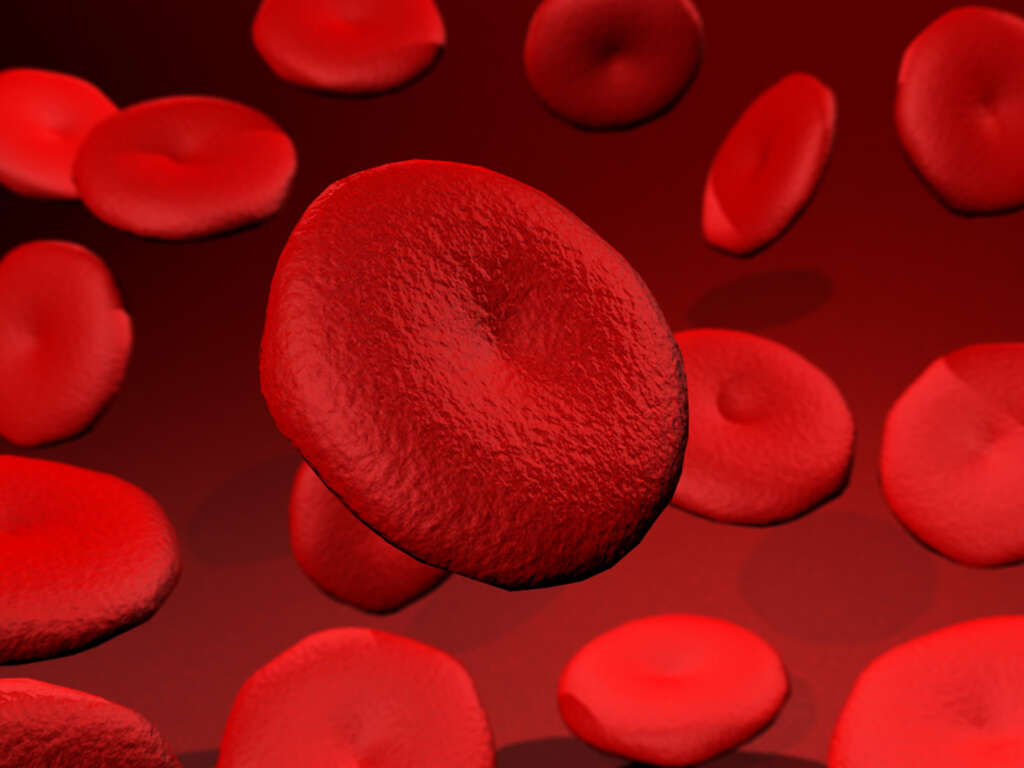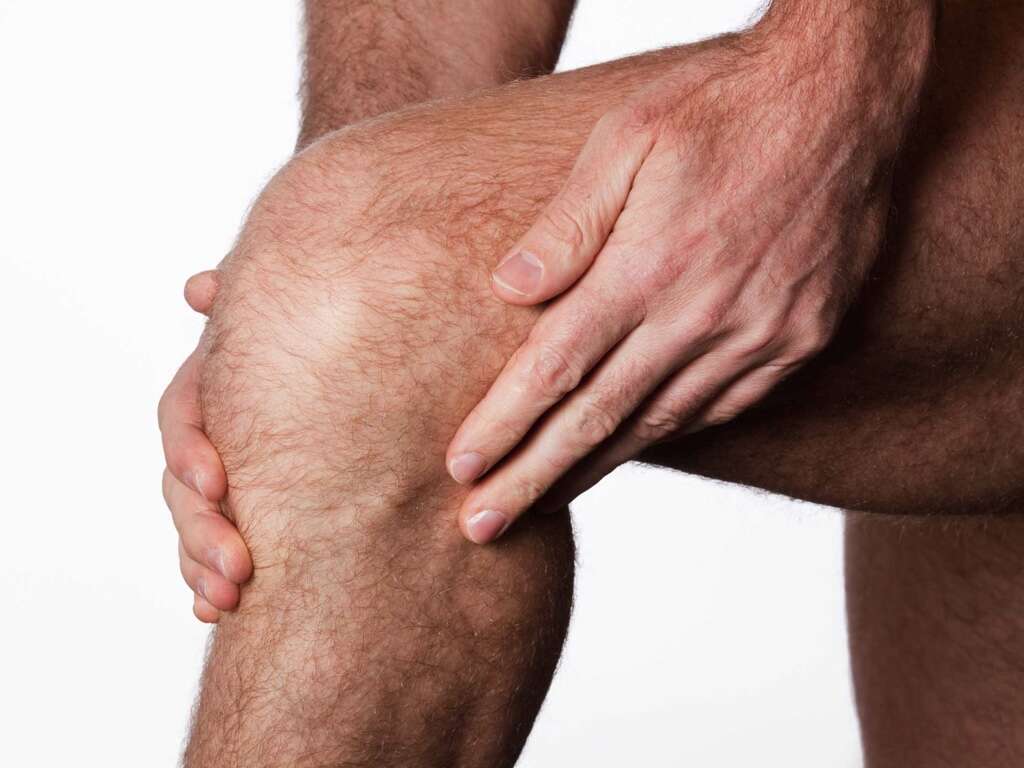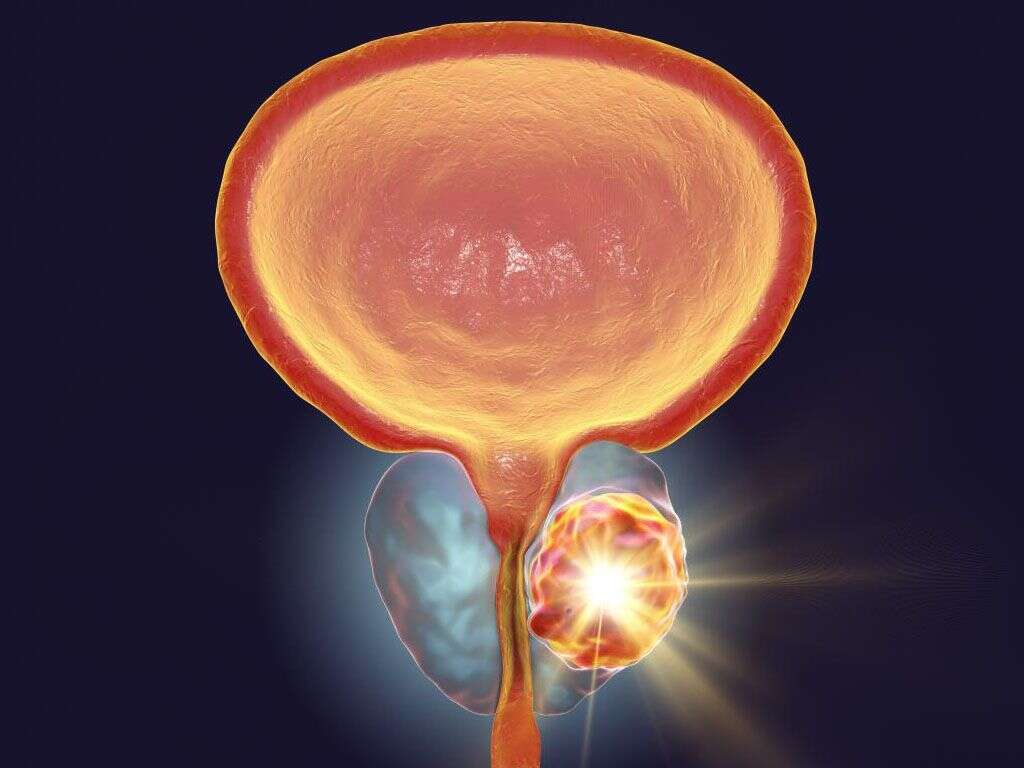Groin Pain Causes
All parts of our bodies are prone to developing aches and pains, and the groin area is no exception. There are numerous factors that can cause pain in the groin area, and most of them are thankfully quite harmless. Others, however, might be more serious so it is always a good idea to get them checked out.
Depending on the underlying cause, the pain can range from being barely noticeable, to being something debilitating. The treatment can also range from little more than needing a rest, to possibly needing surgery. Here’s a closer look at some of the things that can cause groin pain, and some of the other symptoms they might cause.
1. Strain
If you have a pain in the groin area then the most likely cause of the symptom is a strain of sorts. This can mean a strain of a muscle or a sprain of a ligament in the groin area. It could also be down to a condition like an avulsion fracture, which is when the tendon or ligament pulls the area of bone that it is attached to off of the rest of the bone. Quite often, the pain will occur at the moment the injury was caused. At other times, there may be no pain to begin with only for the pain to gradually worsen as time goes by. Such injuries are more common among people who regularly take part in sports, but they can affect less active people as well.
2. Fracture
Fracturing one of the bones in the area or injuring a bone in some other way are other potential causes of groin pain. Again, this is most likely to occur in people who are physically active, but this is not necessarily always the case. Fractures are often particularly painful, so you will likely be compelled to see a medical professional to see what is causing it.
In addition to pain, bone fractures might lead to other complications such as an infection, so it is something you should get checked out if you suspect there is a problem.

3. Testicular Problems
The testes are quite delicate and are at risk of harm from damage and disease. They will often be withdrawn up into the body to a degree to help protect them, but this does not make them completely safe. If you are experiencing pain in the groin then it may be because you have a problem with your testicles.
Some conditions that might be responsible include an inflamed testicle (orchitis), a build up of fluid in the scrotum (hydrocele), a build up of fluid in the testicle (spermatocele), a twisted testicle, scrotal masses, and testicular cancer. If you do notice something that seems unusual with the testicles, it is a good idea to get them checked out.
4. Kidney Stones
Our kidneys have the task of helping to filter out toxins from our blood. Without them, our blood would become increasingly toxic as toxins accumulate, and we would not be able to survive for long. As such, it pays to take care of them, but even people who are careful can still develop problems with their kidneys.
Among the most common of all problems is kidney stones. These occur when fluids in the kidneys themselves begin to crystalize, resulting in small, hard masses. Kidney stones will usually do very little harm to the patient, but they can be excruciatingly painful to pass.
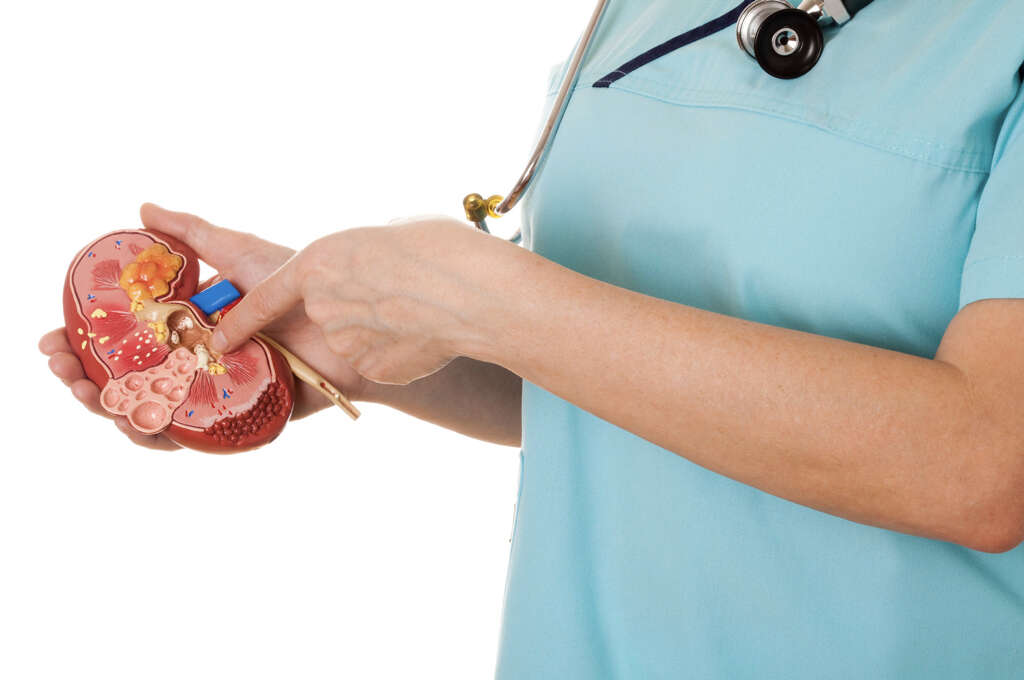
5. Pinched Nerve
We have a network of nerves and blood vessels that serve our entire bodies. This includes our legs and our extremities such as the feet and the toes. In order to achieve this, there is a number of nerves that pass down to the legs through the groin area.
The passages that allow these nerves to pass through tend to be quite tight. In some cases, they are too tight, causing the nerves to become pinched. This can cause pain in the groin area, while it can also cause some other symptoms such as pain in the legs as well as tingling and numbness.
6. Bursitis
At the top of our legs is a joint where our legs meet with our pelvis. This joint is often expected to take quite a load as it helps support our own body weight as well as anything else we might be carrying. There are also muscles that cross over the area of this joint.
Between the muscles there is a bursa, which is a sac that decreases friction, and this particular bursa is located in the groin region. Sometimes this bursa becomes inflamed which is called bursitis. This inflammation can cause considerable pain in the groin area and it can limit the patients mobility to a degree. Treatment for bursitis often involves rest and therapy, while injections may sometimes be needed, and surgery is necessary in more severe cases.
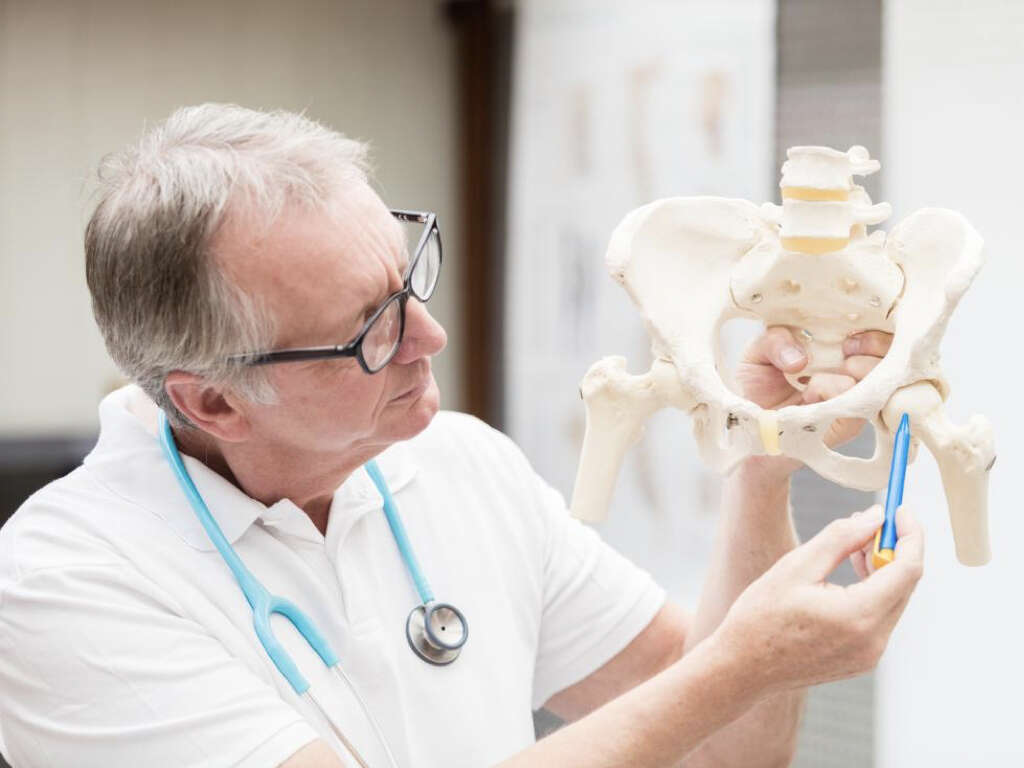
7. Arthritis
As mentioned, our joints are expected to do a lot of work, but they are usually more than able to stand up to the job. As time goes by, however, wear and tear can begin to take their toll and the joint can begin to develop problems. This will result in a condition that is known as osteoarthritis.
There are also other types of arthritis that can cause similar symptoms. Another common type is rheumatoid arthritis, which occurs when the patients own immune system begins to attack their joints. Arthritis can cause pain in the joints and in the surrounding area. There is no known cure, but treatment can help to relieve the symptoms.
8. Urinary Tract Infection
Urinary tract infections are a relatively common type of ailment and are experienced mostly in aging ladies. The urinary waste system is, by nature, a system that is full of bacteria and if things don’t flow smoothly, then infections can easily develop.
These infections can cause inflammation and considerable pain in the abdomen region and in the groin area. In addition to pain, they can also cause other symptoms including fever and chills. Thankfully, these infections are usually harmless and relatively easy to treat, but they should still be treated urgently to help prevent more serious complications from developing.

9. Hernia
A hernia is a relatively common condition that can occur in numerous places in the body, including in the groin area. Our organs, muscles, and other tissues tend to be encased in other tissues that help to keep them safe, and keep them in place.
A hernia means that this organ or tissue has broken through this natural barrier, causing it to protrude outward. A number of hernia types can occur in the groin region and, when they do, they can be quite painful for the patient. In many cases, the patient will feel little to no pain but they should still get it checked out. Surgery is often necessary to repair the hernia.
10. Swollen Lymph Nodes
Located in the groin region are small glands that are known as lymph nodes. These help to keep us safe from disease by filtering pathogens from the blood. In addition to being located in the groin area, they are also found in the neck, under the armpits, and in some other locations in the body.
If there is an infection in the body then the lymph nodes will work hard at helping to deal with the problem. This extra work can cause them to become swollen and, if this occurs in the groin area, it can become painful for the patient. The patient is also likely to be suffering from other symptoms including a fever and chills.



